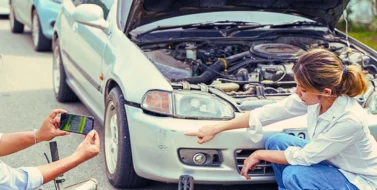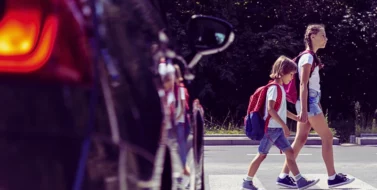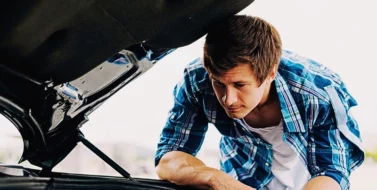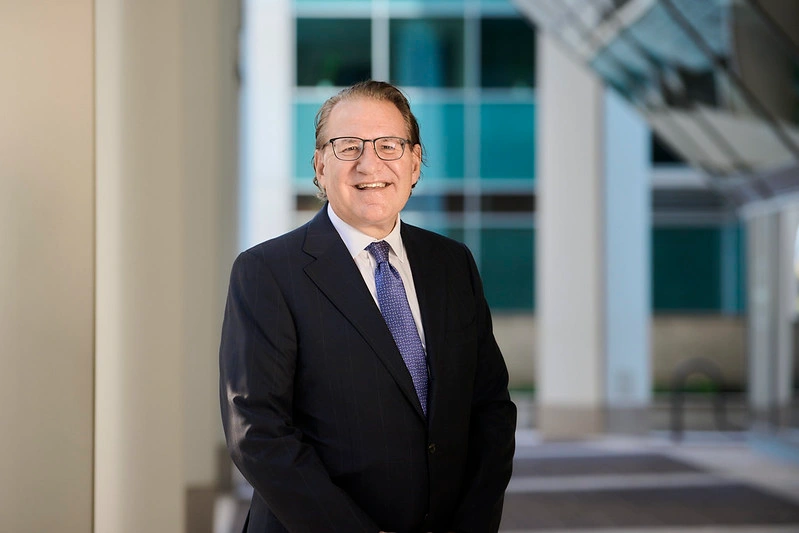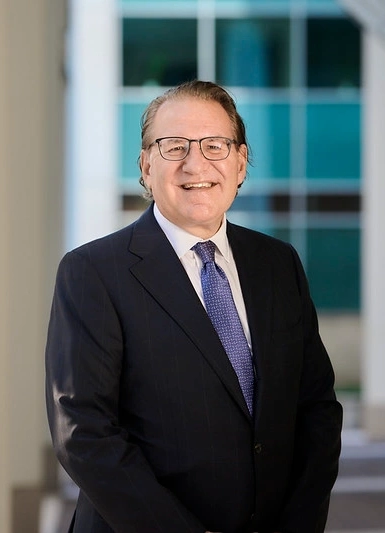41 million Americans are 65 or older. They are enjoying active and healthier lifestyles achieved often through the simple act of walking. Walking increases bone and muscle strength, mobility, agility, and independence. It helps to prevent, delay and control chronic illness and fosters social interactions and better quality of life.
However, walking, for all its benefits, presents a risk to older pedestrians that could be preventable.
The December issue of the AARP Bulletin noted that people 65 and older make up 13 percent of the population but account for a disproportionate share of pedestrian deaths. This population also sustains more severe injuries than other demographics when hit by a car or bicycle.
Many factors increase the risk for older pedestrians. They may not see or hear as well, think as clearly or move as fast as they once did. Some may fail to make appropriate accommodations for these declines.
Reckless drivers and cyclists may be equally culpable in the rising incidence of older pedestrian injuries. Drivers and cyclists may be dismissive of the capabilities of older pedestrians by trying to turn around a slow pedestrian in a crosswalk or speeding around corners where older pedestrians are attempting to cross.
Until recently, most communities were built for easy vehicular access, not pedestrian safety. Wide two-way streets, often with multiple lanes can make it impossible for an older person to cross in one light.
Drivers and cyclists alike need to be aware of the special considerations of older pedestrian. Aggressive movement cannot be accommodated by older pedestrians and it is the duty of the driver or cyclist to make appropriate adjustments.
Older pedestrians can protect themselves by:
- Wearing reflective and light clothing
- Be aware of cyclists as a danger-older pedestrians often don’t look for cyclists
- Heed the traffic light count-down
- Enlist the help of other pedestrians to assure safe passage
- Time your walk across frequently used streets and refrain from stepping off the curb unless there’s enough time left to reach the other side safely
- I can’t recommend this strategy but many of our older clients state that they prefer to cross in the middle of a block where they can see traffic from both directions and do not need to worry about turning cars.
Walking is a basic need and right of life. Let’s try to make walking safe and enjoyable for older pedestrians.

